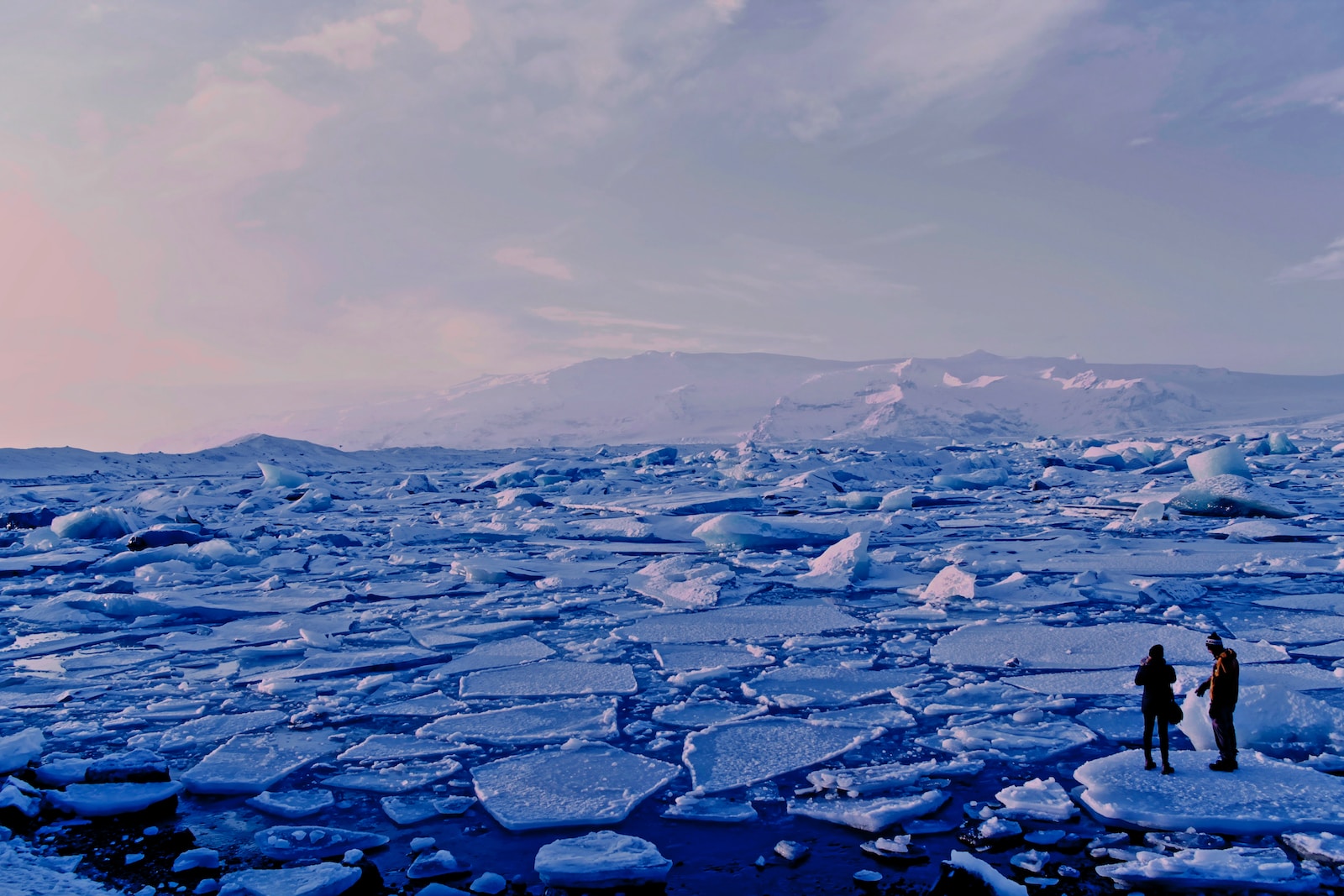Table of Contents
ToggleIntroduction
Global warming is a phenomenon that has been affecting our planet for decades. It is caused by the increase in the Earth’s average surface temperature due to the accumulation of greenhouse gases in the atmosphere. The impacts of global warming are far-reaching and can have severe consequences on our environment. In this article, we will explore the environmental impacts of global warming and how we can take action to mitigate them.
Rising Sea Levels
One of the most significant impacts of global warming is rising sea levels. As the Earth’s temperature increases, the polar ice caps melt, causing the oceans to expand and rise. This rise in sea levels can cause flooding in low-lying areas, leading to damage to infrastructure and loss of human life.
Extreme Weather Events
Global warming can also lead to extreme weather events such as hurricanes, typhoons, tornadoes, and droughts. These events can cause widespread damage to homes, businesses, and infrastructure, and lead to significant economic losses.
Loss of Biodiversity
The increase in temperature and changing weather patterns caused by global warming can also lead to the loss of biodiversity. As habitats change, animals and plants may not be able to adapt quickly enough, leading to a decline in their populations. This loss of biodiversity can have a ripple effect on ecosystems, leading to further environmental impacts.
Ocean Acidification
Global warming can also lead to ocean acidification, which occurs when the ocean absorbs excess carbon dioxide from the atmosphere. This can have severe consequences on marine life, as it affects the ability of organisms to form shells and skeletons, leading to a decline in their populations.
Air Pollution
The burning of fossil fuels, which is a significant contributor to global warming, also leads to air pollution. This pollution can cause respiratory diseases, such as asthma and lung cancer, and can have a significant impact on human health.
Melting Permafrost
The melting of permafrost, which is soil that remains frozen all year round, can have significant environmental impacts. As permafrost melts, it releases methane, a potent greenhouse gas, into the atmosphere, further contributing to global warming.
Mitigating the Environmental Impacts
While the environmental impacts of global warming are severe, there are steps we can take to mitigate them. One of the most important actions we can take is to reduce our greenhouse gas emissions. This can be done by transitioning to renewable energy sources such as solar and wind power, reducing our reliance on fossil fuels, and implementing energy-efficient practices.
We can also take steps to adapt to the changing climate by building infrastructure that is resilient to extreme weather events and rising sea levels. This can include building seawalls and levees, improving drainage systems, and relocating vulnerable communities.
Conclusion
Global warming is a complex and far-reaching issue that affects our planet’s environment in many ways. Understanding its impacts is crucial in taking action to mitigate them. By reducing our greenhouse gas emissions, adapting to the changing climate, and taking steps to protect biodiversity, we can work towards a sustainable future for ourselves and future generations.







